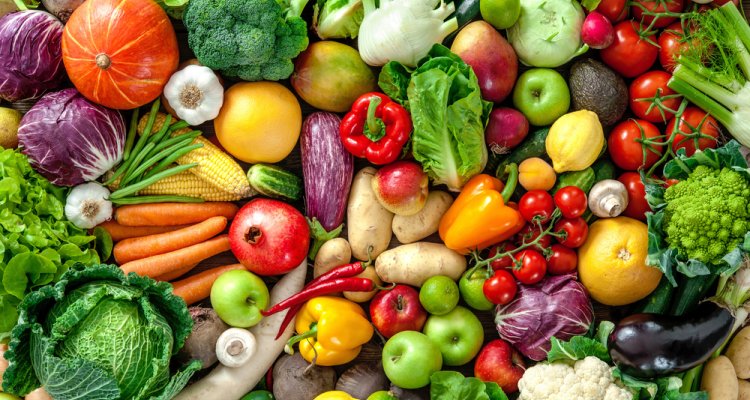
Project
Developing harmonized calculation rules and exploring consumer communication for environmental footprint
In light of upcoming EU legislation requiring environmental footprint accountability as well as increasing demand along the chain for product sustainability data for supply chain actors and customers alike, there is a growing need for a standardized environmental footprint methodology for the fresh produce sector. Until now efforts within the sector to address product sustainability have been highly fragmented. As long as companies within the sector use different methods, the entire sector is at risk for greenwashing, uneven market competitiveness and ultimately losing credibility.
Harmonized approach to measure the sustainability of fresh produce
To tackle this, the fresh fruit and vegetable sector launched its Environmental Footprint Initiative in 2022. The initiative is headed by Freshfel Europe, the organization that represents the interest of the fresh produce sector at European level. The aim of the initiative is to develop an object, standardized environmental footprint methodology, database and digital tool for the sector that is broadly accepted by the industry, stakeholders as well as consumers.
Active involvement of the industry
This project is linked to the aforementioned initiative and is led by the so-called Technical Secretatiat (TS), consisting of:
- Freshfel Europe (chair)
- Dutch Fresh Produce Centre (GroentenFruit Huis)
- Greenyard
- Dole PLC
- Wageningen Economic Research (TS Support – Lead)
- Blonk Sustainability (TS Support)
- PRé Sustianability (TS Support)
Next to the TS, this project is made possible in association with a wider consortium of partners, including Royal FloraHolland, Glastuinbouw Nederland, ABNAMROBank N.V., Rabobank, Stichting MPS, and AQS Holding.
In this project, Wageningen Economic Research leads the development of a harmonized methodology and background database.
PEF method
The project aligns wherever possible with the Product Environmental Footprint (PEF) method of the European Commission. The PEF method is the recommend method to measure and communicate the life cycle environmental performance of products and organizations (EC 2021/2279). The PEF method is likely to be employed in upcoming EU-legislation (e.g. Green Claims Directive).
The horticultural sector is already for almost a decade active in the field of environmental footprinting. Earlier Wageningen Economic Research helped the horticultural sector with developing the HortiFootprint Category Rules and the floricultural sector with the FloriPEFCR.
Have your say – Open Public Consultations during the development of the FreshProducePEFCR
The 1st draft of the FreshProducePEFCR was published in April 2024 for an Open Public Consultation. The goal of this Open Public Consultation was to ensure that different perspectives are considered in the development process. Sector experts and LCA-experts with sound expertise in the fruit and vegetable sector were especially encouraged to submit their feedback. After the consultation, the team of developers have carefully review the comments and will implement further improvements.
The 2nd Open Public Consultation is expected in January 2025, and will be communicated via the project website of Freshfel Europe.
Communication on environmental footprints in the floriculture sector
Next to developing the FreshProducePEFCR, researchers also provide recommendations for developing and designing environmental footprint labels for cut flowers and potted plants (FloriPEFCR). Now that the FloriPEFCR has been endorsed by the EC, the entire floriculture sector can get to work towards showing in a fair and comparable way the environmental impact of a floricultural product.
Recommendations for environmental footprint labels are vital for the next steps that the sector is willing to take and to organize the solid basis for implementing the ranking of products based on their environmental performance in practice. Next to the issues like how many classes should there be, how many products are considered sufficient for each class, the issues of the data management are of importance.